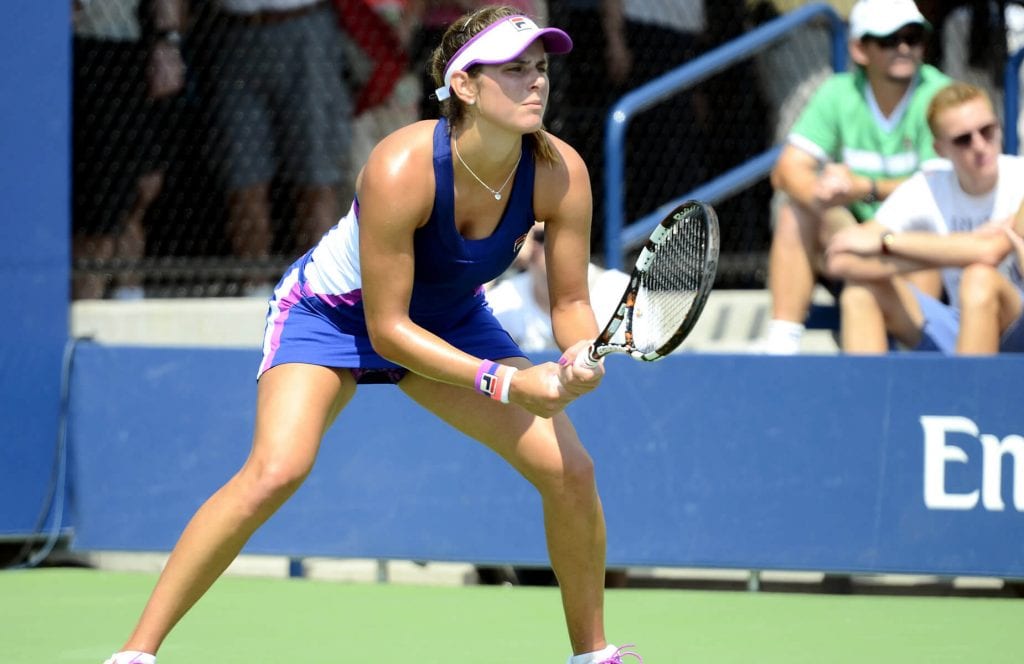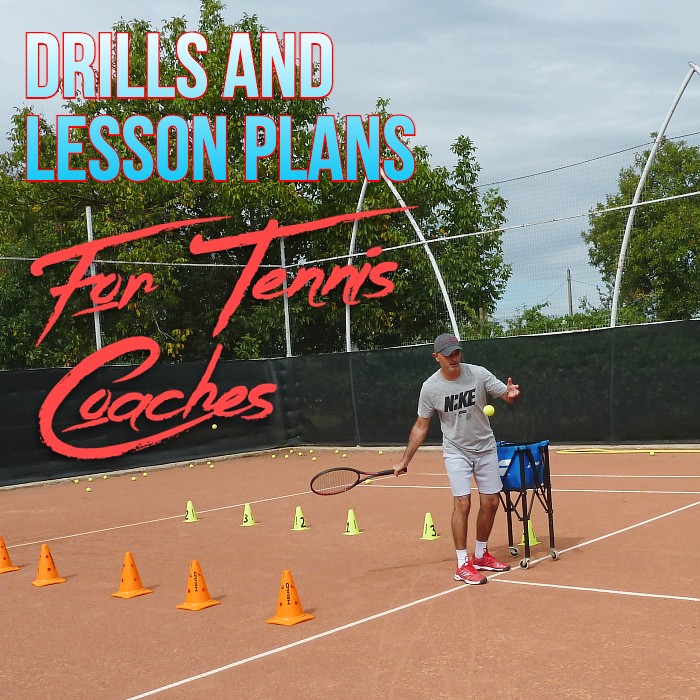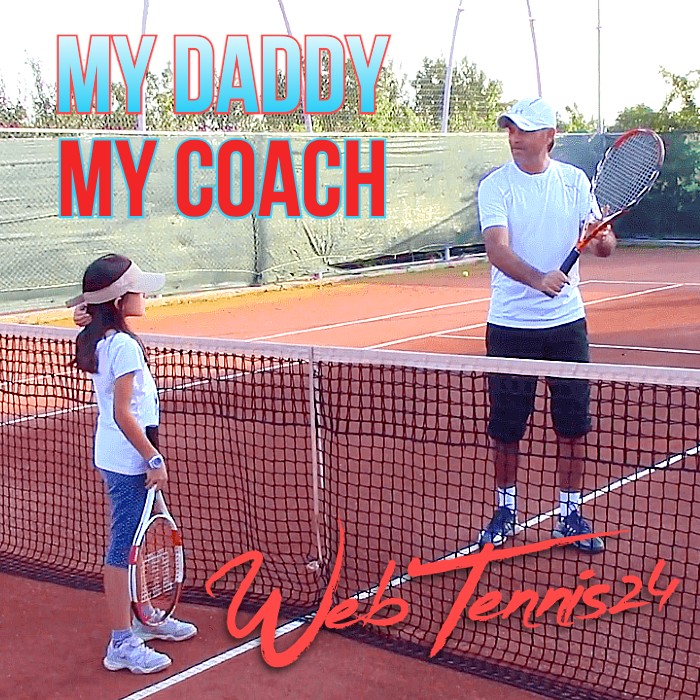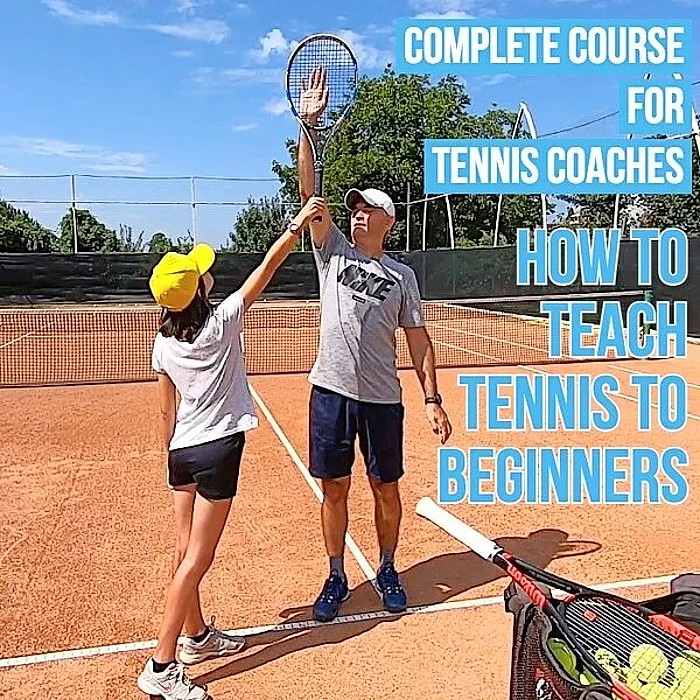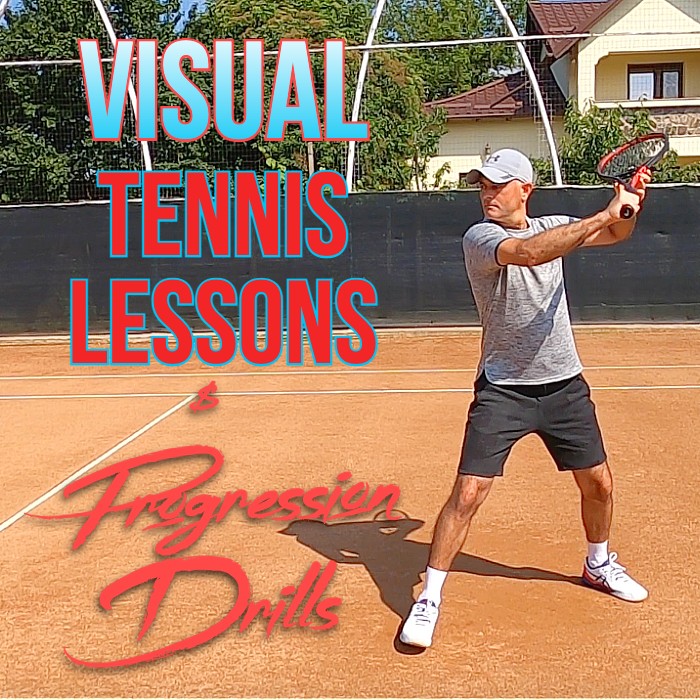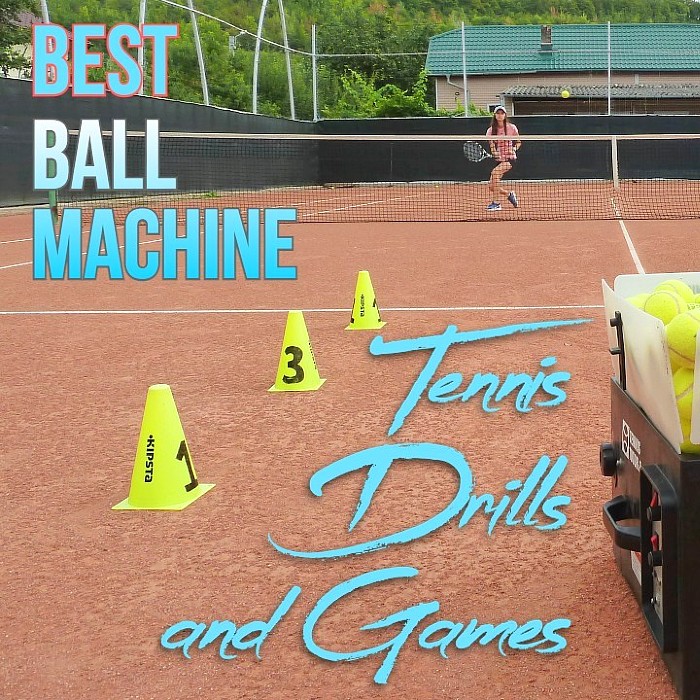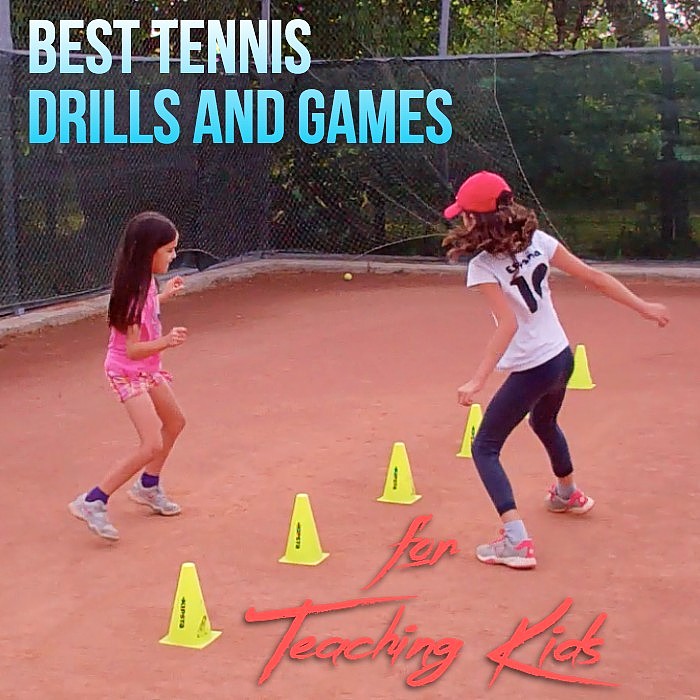Second Serve / Spin, Tactics, and Mental Tips
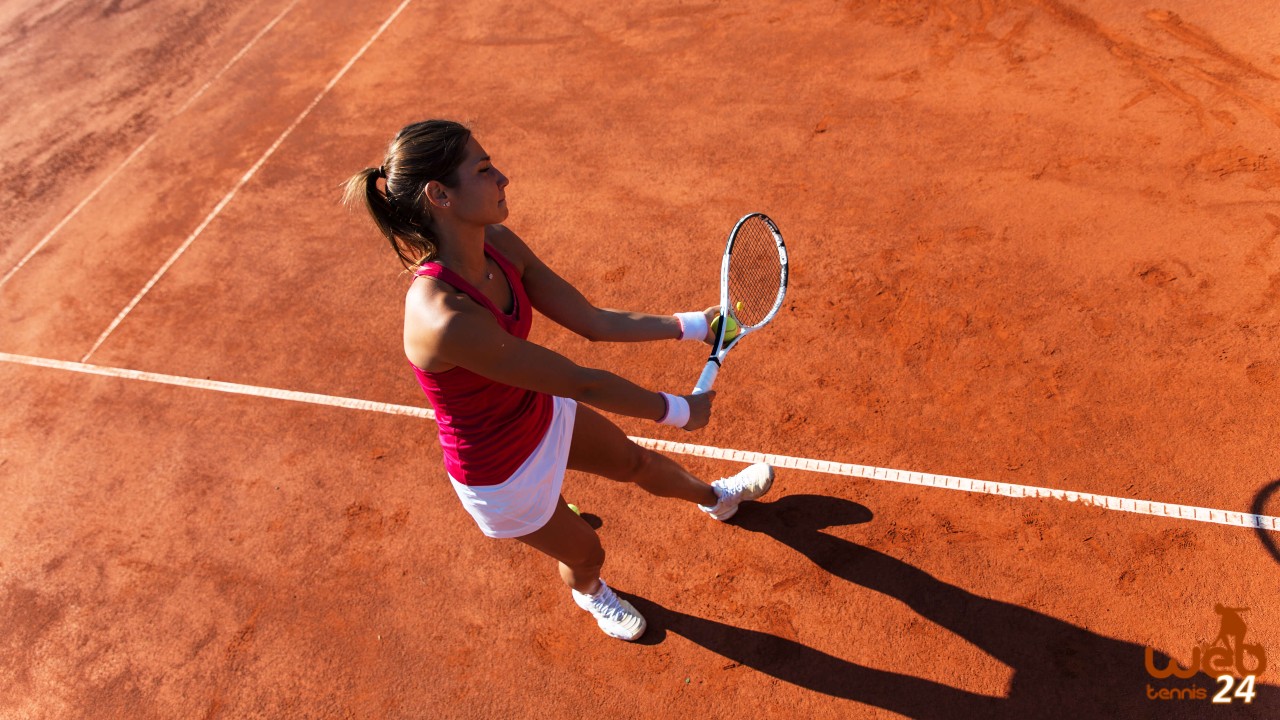
Second serves are the ones that you cannot miss.
The pressure is on you and your opponent knows it (if they are a savvy player, they will prepare to attack your second serve).
1. Before you toss the ball up, tell yourself what you intend to do with your second serve:
– if your opponent shows an intention to attack it, consider slicing it (brush sideways). That will keep the ball low and difficult for your opponent to go for an aggressive shot.
– if your opponent stays back most of the time, a simple kick serve should do it to dip the ball over the net and make it bounce high off the ground.
2. Everything you’ve learned in practice… forget about it. This is not the time to think about your technique. You should just let your habits take over your movements. Toss the ball up and hit it after you previously told yourself what you’d like to accomplish (see the previous point).
3. Hit your second serve with confidence. It is easy to let doubting thoughts cripple your mind, therefore training your mind to stay on the positive side is crucial for delivering consistent second serves.

Cosmin Miholca
Certified Tennis Teaching Professional
Visit the Training, Coaching and Kids Tennis sections at WebTennis24 – lessons, tips and drills for players, coaches and tennis parents.

